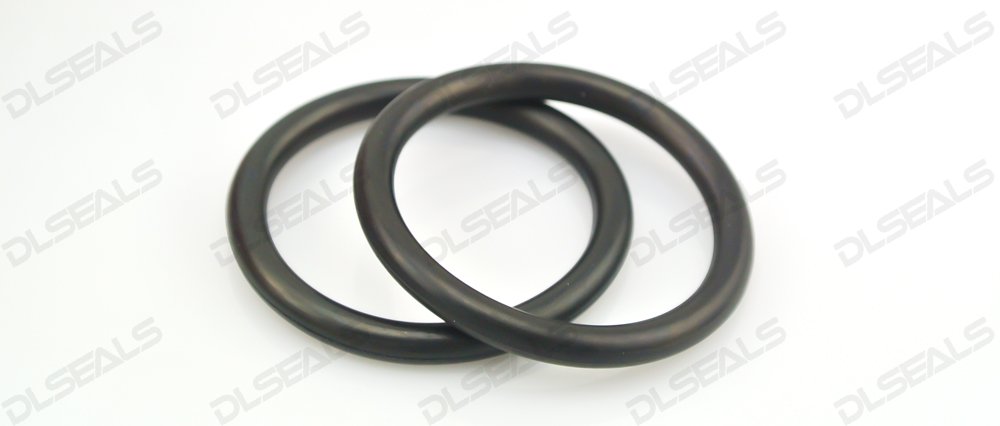Hydraulic seals play a critical role in ensuring the efficient operation of hydraulic systems. Proper maintenance is essential to maximize their lifespan and performance. In this article, we’ll explore the best practices for maintaining hydraulic seals to ensure sealing success.
1. Regular Inspection:
Routine inspection is crucial for identifying potential issues with hydraulic seals early on. Inspect seals for signs of wear, damage, or leaks. Check for cracks, tears, or swelling, as these can indicate seal degradation. Additionally, inspect the seal mating surfaces for any irregularities that may affect sealing performance.
2. Cleanliness is Key:
Maintaining a clean environment is essential for preserving the integrity of hydraulic seals. Contaminants such as dirt, debris, and moisture can accelerate seal wear and cause premature failure. Ensure that hydraulic fluid is kept clean and free of contaminants by regularly filtering and replacing it as needed. Clean the seal and mating surfaces before installation to prevent contaminants from compromising the seal’s effectiveness.
3. Proper Installation:
Correct installation is critical for ensuring the optimal performance of hydraulic seals. Follow manufacturer guidelines and recommendations for installation procedures. Use appropriate lubricants and sealants as specified by the manufacturer to facilitate proper sealing and prevent seal damage during installation. Ensure that seals are installed in the correct orientation and alignment to prevent misalignment and uneven loading, which can lead to seal failure.
4. Maintain Optimal Operating Conditions:
Maintaining optimal operating conditions is essential for maximizing the lifespan of hydraulic seals. Monitor operating temperatures and pressures to ensure they remain within the recommended range for the seals. Avoid operating hydraulic systems at extreme temperatures or pressures, as this can accelerate seal degradation. Implement measures such as temperature control and pressure regulation to maintain stable operating conditions and extend seal life.
5. Regular Maintenance:
Implement a regular maintenance schedule to ensure that hydraulic seals are properly inspected and serviced on a routine basis. Schedule periodic maintenance tasks such as seal replacement, lubrication, and system flushing to prevent seal failure and maintain system efficiency. Keep detailed records of maintenance activities, including inspection results and replacement intervals, to track seal performance and identify any recurring issues.
In conclusion, proper maintenance is essential for ensuring the long-term performance and reliability of hydraulic seals. By following best practices such as regular inspection, cleanliness, proper installation, maintaining optimal operating conditions, and implementing a regular maintenance schedule, you can maximize the lifespan of hydraulic seals and ensure sealing success in your hydraulic systems.
Post time: Mar-29-2024

